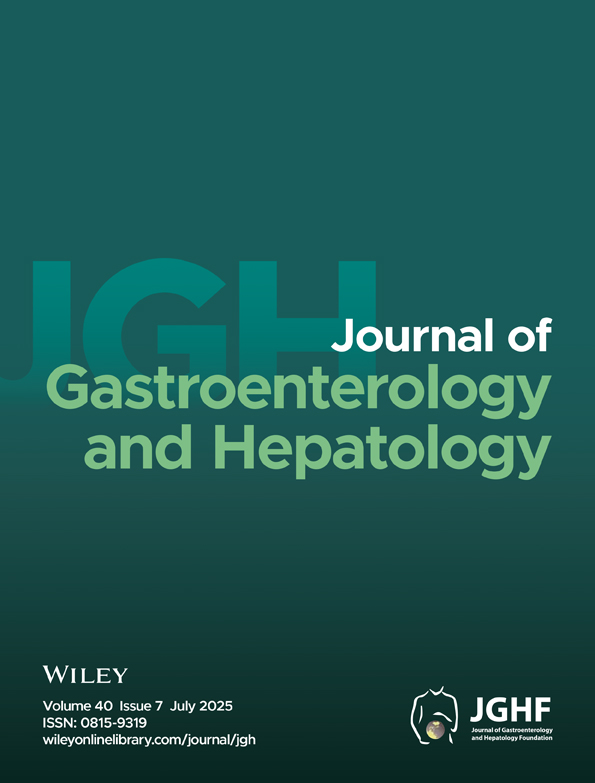Does sequencing the PKRBD of hepatitis C virus NS5A predict therapeutic response to combination therapy in an Australian population?
Abstract
Background and Aim: The presence of four or more amino acid substitutions within the interferon sensitivity determining region (ISDR) of the hepatitis C virus (HCV) genotype 1b NS5A gene determines sensitivity to interferon (IFN) monotherapy in Japanese patients. Resistance of HCV genotype 1 to IFN-alpha has been attributed to the functional inhibition of a RNA dependent protein kinase (PKR) by the HCV NS5A PKR binding domain (PKRBD), which includes the ISDR. The ability of the ISDR and PKRBD sequence to predict a response to IFN-alpha and ribavirin combination therapy was investigated in an Australian population.
Methods: The sequence of the PKRBD of NS5A, including the ISDR, for the dominant quasi-species of HCV was determined in 37 genotype 1 (genotype 1a: n = 26, genotype 1b: n = 11) and 13 genotype 3a infected patients.
Results: The number of PKRBD amino acid substitutions in HCV genotype 1 infected patients with a sustained virological response was significantly higher than that in patients with a non-response to treatment (P = 0.047). It was found that only 2/37 HCV genotype 1 infected patients had four or more amino acid substitutions relative to the prototype ISDR sequence (HCV-J). Importantly, a sustained virological response was not found in any of the HCV infected patients who had a prototype ISDR genotype 1 sequence (n = 5).
Conclusions: There are relatively few amino acid mutations within the ISDR of this Western Australian patient population. Patients infected with a HCV genotype 1 prototype sequence should be counseled before receiving combination IFN-alpha and ribavirin therapy as they have a poor response to treatment.




